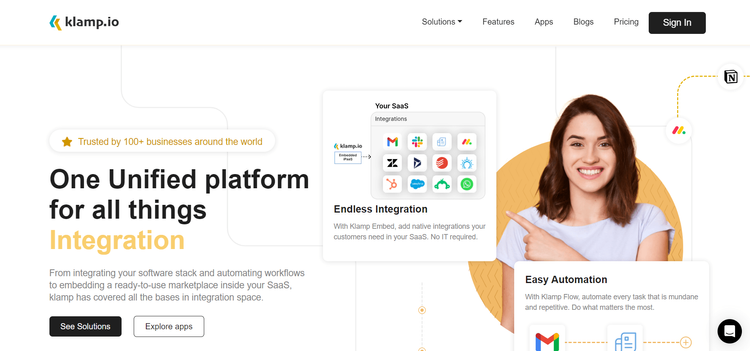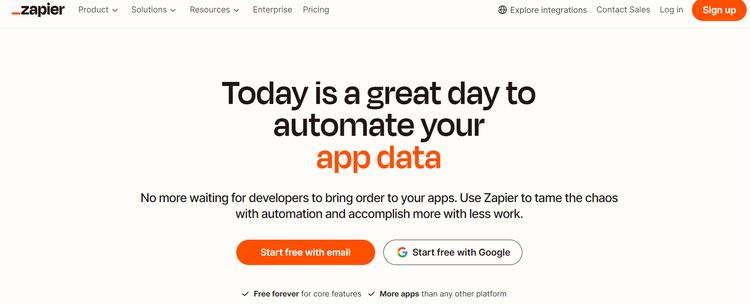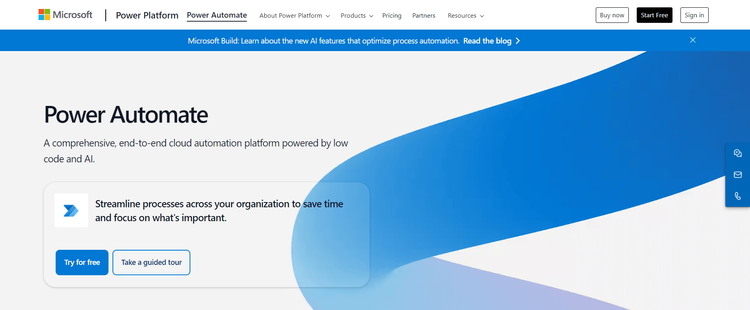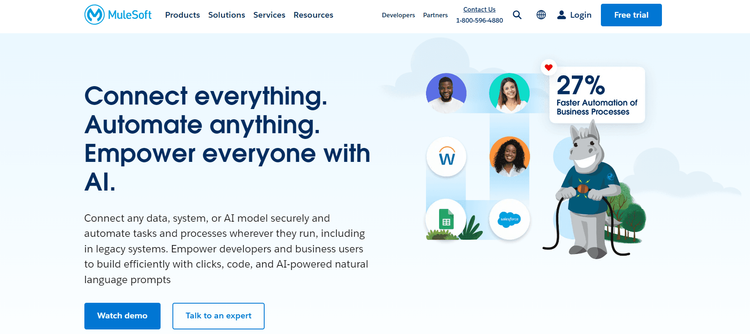Businesses and organizations rely on a multitude of software applications and services to operate efficiently and deliver exceptional user experiences. With the increasing complexity of software ecosystems, integration has become a critical aspect of any organization’s success. Embedded integration platforms play a pivotal role in seamlessly connecting and automating various software systems, ultimately enhancing productivity and decision-making.
Choosing the right embedded integration platform is essential, as it can have a profound impact on your organization’s ability to innovate and scale. In this article, we’ll explore six of the best embedded integration platforms available, with a special focus on Klamp.io.
1. Klamp.io

Klamp.io is a robust embedded integration platform that empowers organizations to connect and automate their software systems effortlessly. With its user-friendly interface and a wide range of pre-built connectors, Klamp.io enables businesses to integrate their applications and data sources without the need for extensive coding or development efforts.
Key features of Klamp.io:
No-code Integration: Klamp.io offers a no-code integration approach, allowing users to build, customize, and manage integrations without writing a single line of code. This makes it accessible to users with varying technical backgrounds.
Pre-built Connectors: Klamp.io provides a library of pre-built connectors for popular applications and services, such as Salesforce, Slack, and Shopify. These connectors streamline the integration process, saving time and effort.
Workflow Automation: Users can create powerful automation workflows by chaining together various actions and triggers. This allows for the automation of repetitive tasks and processes, reducing manual effort.
Real-time Monitoring: Klamp.io offers real-time monitoring and error handling, ensuring that your integrations are running smoothly. Any issues are promptly identified and resolved.
Scalability: Klamp.io can scale with your business as your integration needs grow. This ensures that you can continue to optimize your software ecosystem as your organization expands.
Security: Data security is a top priority for Klamp.io. The platform offers robust security features to protect your data and maintain compliance with industry standards.
2. Zapier

Zapier is a popular choice for businesses and individuals looking to connect and automate a wide range of applications. With its easy-to-use interface, Zapier allows users to create automated workflows, known as “Zaps,” that connect apps and services.
Key features of Zapier:
App Integration: Zapier offers integration with thousands of apps, making it a versatile choice for various use cases.
Multi-step Zaps: Users can create complex workflows by stringing together multiple actions and triggers within a single Zap.
No-code Integration: Zapier is designed for users with limited technical knowledge, providing a user-friendly, no-code interface.
Automation for Personal and Business Use: Zapier caters to both personal and business users, offering plans for individuals and teams.
3. Make

Make is an integration platform that focuses on workflow automation and connecting various applications and services. It offers a visual builder that simplifies the process of creating intricate automation scenarios.
Key features of Make:
App Integration: Make supports integration with a wide range of applications and services, providing users with extensive options for automation.
Real-time Data Processing: Make can process data in real-time, making it suitable for scenarios that require immediate action.
Error Handling: The platform offers error handling and debugging tools to ensure smooth automation.
Pricing Plans: Make offers a free plan with limited operations and paid plans for more advanced use cases.
4. Microsoft Power Automate

Microsoft Power Automate, formerly known as Microsoft Flow, is an integration platform provided by Microsoft. It’s tightly integrated with Microsoft products and services, making it an excellent choice for organizations heavily invested in the Microsoft ecosystem.
Key features of Microsoft Power Automate:
Microsoft Integration: Power Automate seamlessly integrates with Microsoft 365, SharePoint, and other Microsoft services.
No-code and Low-code Development: It offers both no-code and low-code development options, catering to users with different technical skills.
Templates: Users can leverage pre-built templates for common integration scenarios, saving time and effort.
Approval Workflows: Power Automate allows for the creation of approval workflows, which are valuable for processes that require authorization or validation.
AI Builder: The platform offers AI Builder capabilities, enabling the incorporation of artificial intelligence into workflows.
5. Workato

Workato is an enterprise-grade integration platform that empowers organizations to connect and automate their business processes across a wide range of applications. It’s known for its ability to handle complex, end-to-end automation scenarios.
Key features of Workato:
Enterprise Integration: Workato is designed for enterprise-level integration and automation, making it suitable for large organizations with intricate workflows.
Bots and AI: The platform supports the creation of bots and AI-driven workflows, enhancing automation capabilities.
Pre-built Connectors: Workato offers pre-built connectors for common enterprise applications, reducing development time.
Data Integration: Workato can handle data integration and data transformation, allowing for comprehensive data processing.
Governance and Compliance: The platform provides governance and compliance features to ensure data security and regulatory adherence.
6. MuleSoft

MuleSoft, part of Salesforce, is an integration platform designed for businesses with complex integration needs. It offers a unified integration approach, allowing organizations to connect and orchestrate data and processes across a multitude of systems.
Key features of Mulesoft:
API-Led Connectivity: MuleSoft employs an API-led connectivity approach, making it easier to design, build, and manage APIs for various applications.
Integration Templates: The platform offers integration templates for common use cases, speeding up development.
Anypoint Exchange: Users can access the Anypoint Exchange, a marketplace for pre-built connectors and templates.
Data Transformation: MuleSoft provides robust data transformation capabilities, allowing for data processing and mapping.
API Management: MuleSoft includes API management features to control, secure, and analyze API usage.
Choosing the right embedded integration platform can significantly impact your organization’s efficiency, productivity, and ability to innovate. While the platforms mentioned above offer various features and integrations, Klamp.io stands out for its user-friendly no-code approach, pre-built connectors, and robust automation capabilities. Whether you’re a small business or a large enterprise, Klamp.io can help you seamlessly connect and automate your software systems while saving time and resources.




